Aortic Valve Displacement CFD Simulation
$240.00 $120.00 Student Discount
To Order Your Project or benefit from a CFD consultation, contact our experts via email (info@mr-cfd.com), online support tab, or WhatsApp at +44 7443 197273.
There are some Free Products to check our service quality.
If you want the training video in another language instead of English, ask it via info@mr-cfd.com after you buy the product.
Description
Aortic Valve Displacement CFD Simulation Using ANSYS Workbench
Introduction
This report presents the results of a computational fluid dynamics (CFD) simulation of aortic valve displacement using ANSYS Workbench, which combines transient structural and fluent software. The simulation aims to investigate the complex dynamics of blood flow through the aortic valve, including the interaction between the valve leaflets and the blood flow, as well as the impact of valve displacement on the flow field. This analysis is relevant to applications such as heart valve function assessment and cardiovascular disease diagnosis.
The simulation was conducted on a 3D geometry of an aortic valve designed in SpaceClaim based on CT-scan data representing a realistic valve structure. The mesh, consisting of 67,926 elements for the fluid zone and 627,914 elements for the solid zone, was generated using ANSYS Meshing, ensuring sufficient resolution to capture the complex flow phenomena and structural deformations.
Methodology
A pressure-based, transient solver was employed. The laminar flow model was used to capture the blood flow characteristics.
System coupling between Transient Structural and Fluent was enabled to represent the interaction between the solid phase (valve leaflets) and the fluid phase (blood).
The fluid-structure interaction (FSI) approach was used to simulate the movement and deformation of valve leaflets, treating them as flexible structures responding to hemodynamic forces. Two-way coupling was enabled to capture the mutual influence between blood flow and leaflet motion.
Blood was modeled as an incompressible fluid with constant density. The no-slip condition was applied at the vessel walls and leaflet surfaces.
Results
The CFD simulation yielded valuable insights into the behavior of the aortic valve and blood flow dynamics.
The static pressure contours show significant pressure gradients across the valve, with higher pressures observed upstream of the valve during systole.
The velocity magnitude and wall shear stress distribution reveal complex flow patterns, including regions of high velocity through the valve opening and areas of elevated wall shear stress on the leaflets and aortic wall.
The structural deformation of the valve leaflets is clearly visible, demonstrating the opening and closing behavior of the valve in response to blood flow.
Streamlines and velocity vectors illustrate the blood flow paths through the valve, helping to identify potential areas of recirculation or abnormal flow patterns.
These results provide important insights into aortic valve function and blood flow dynamics, which can be valuable for understanding valve-related disorders, improving artificial valve designs, and developing new treatment strategies for cardiovascular diseases.
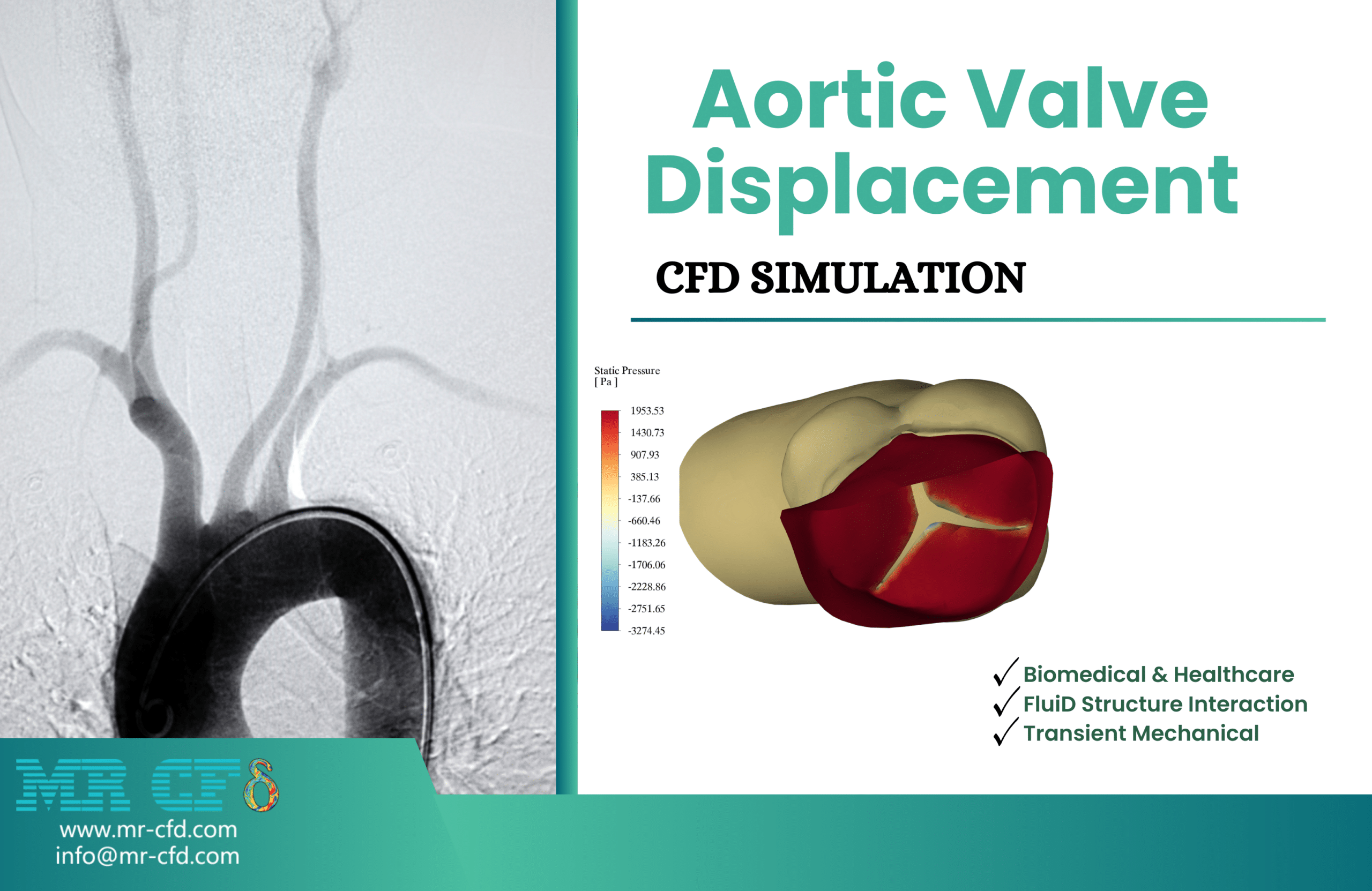
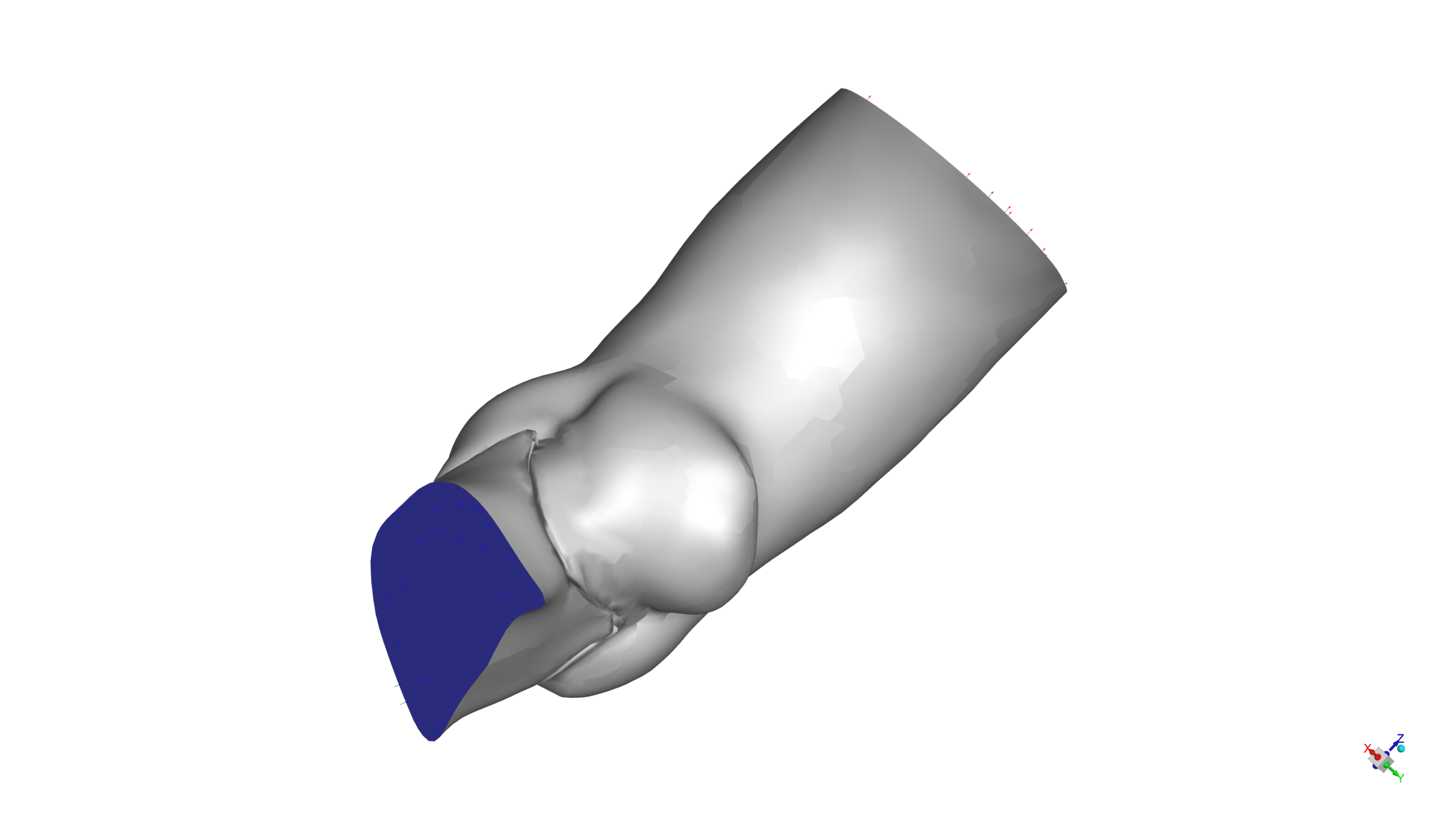
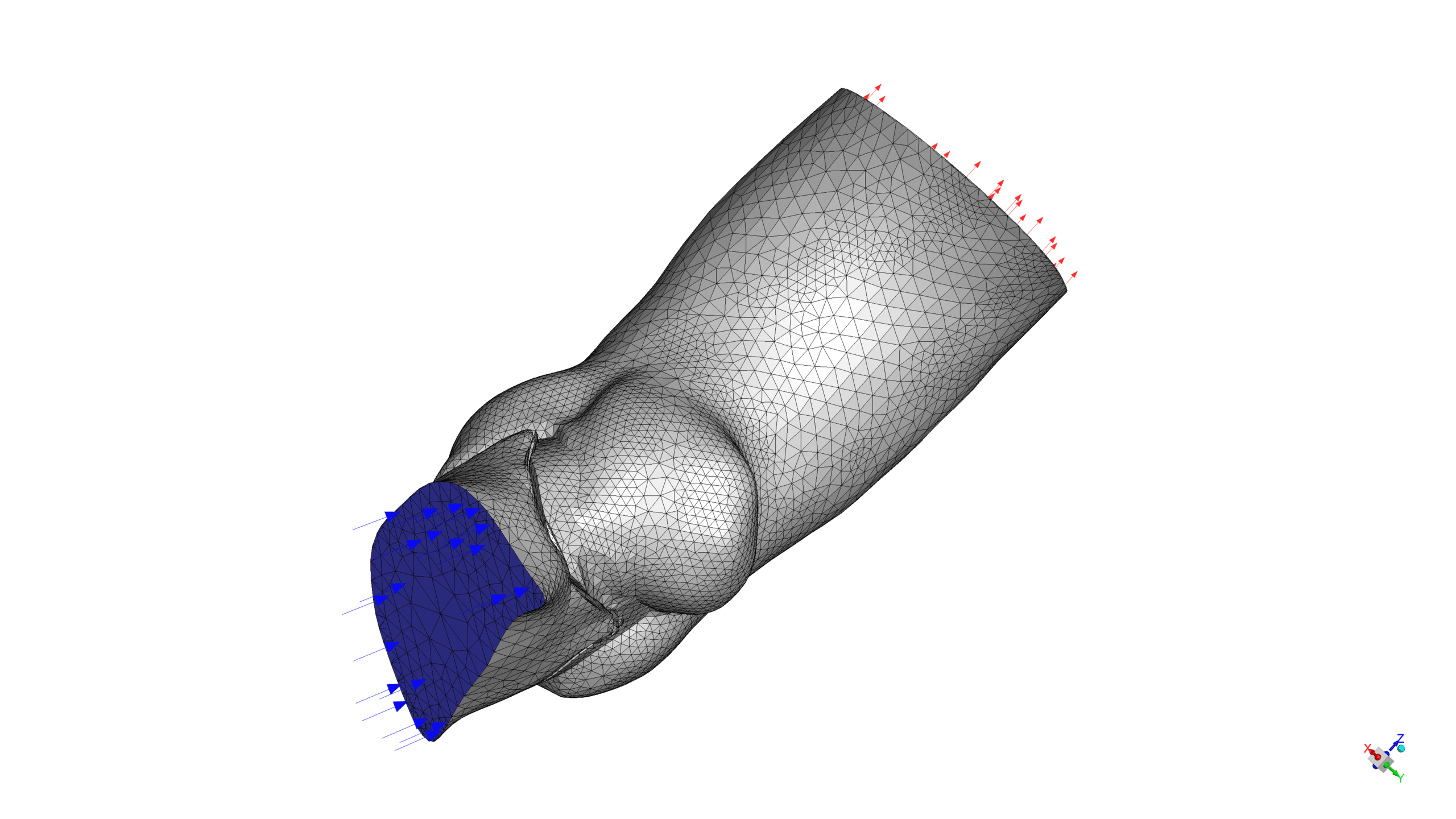
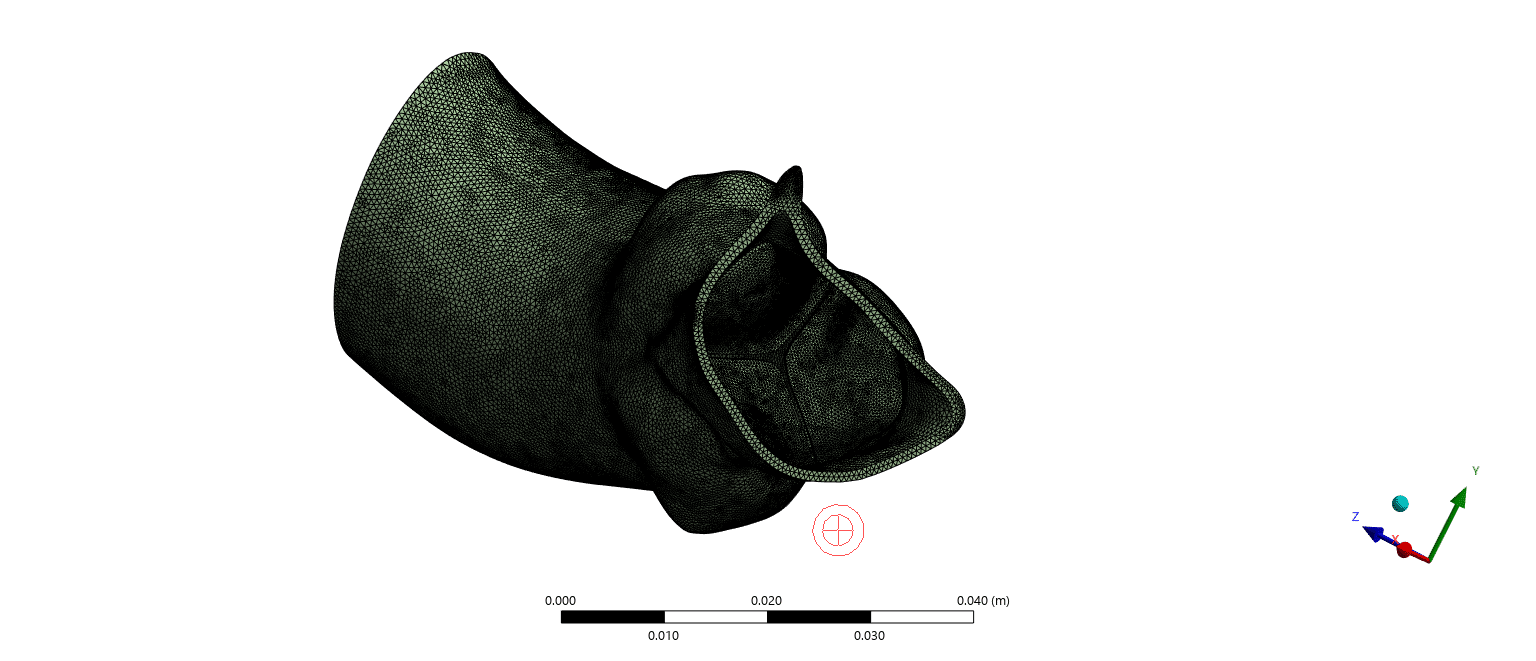
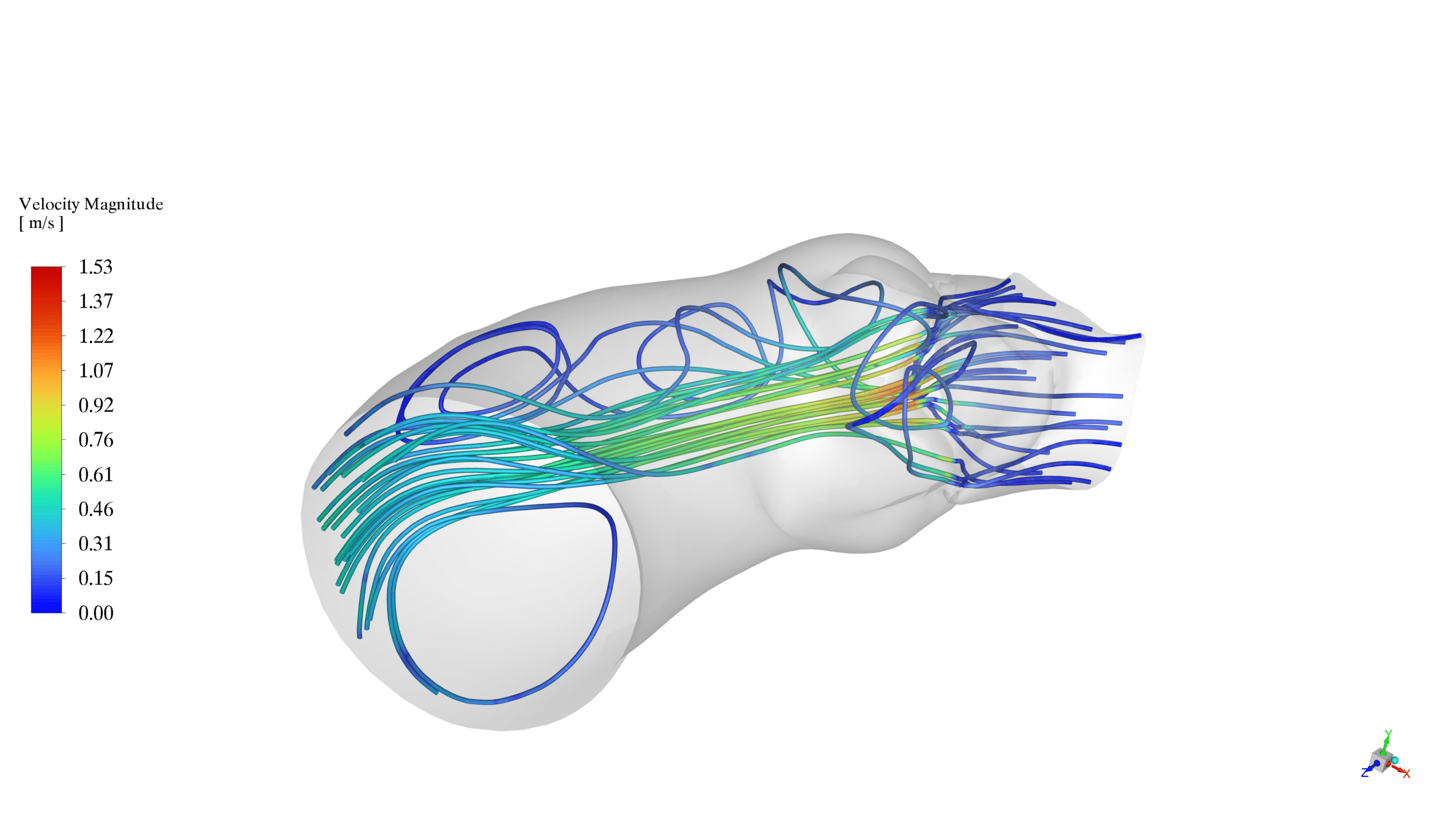
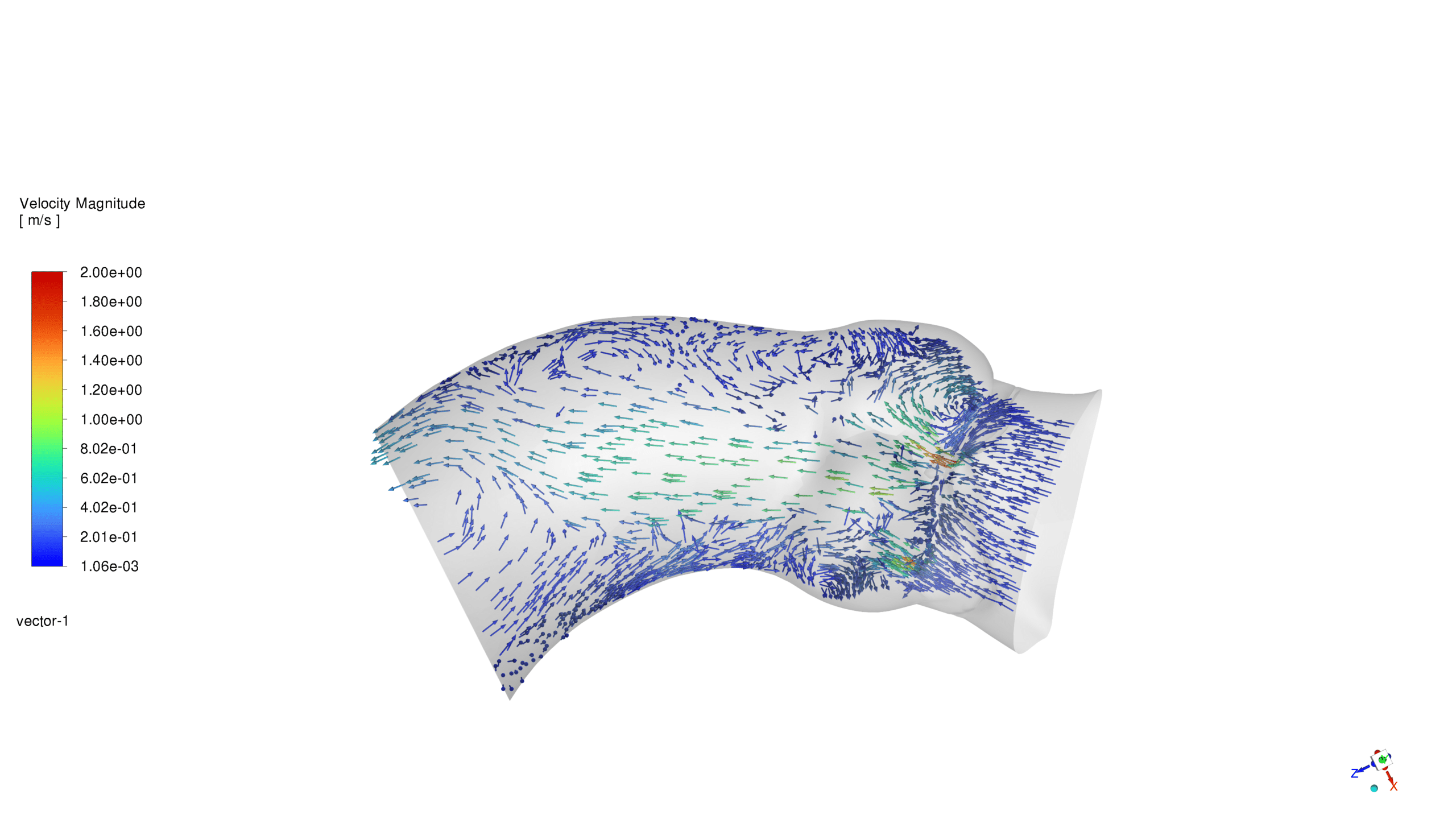
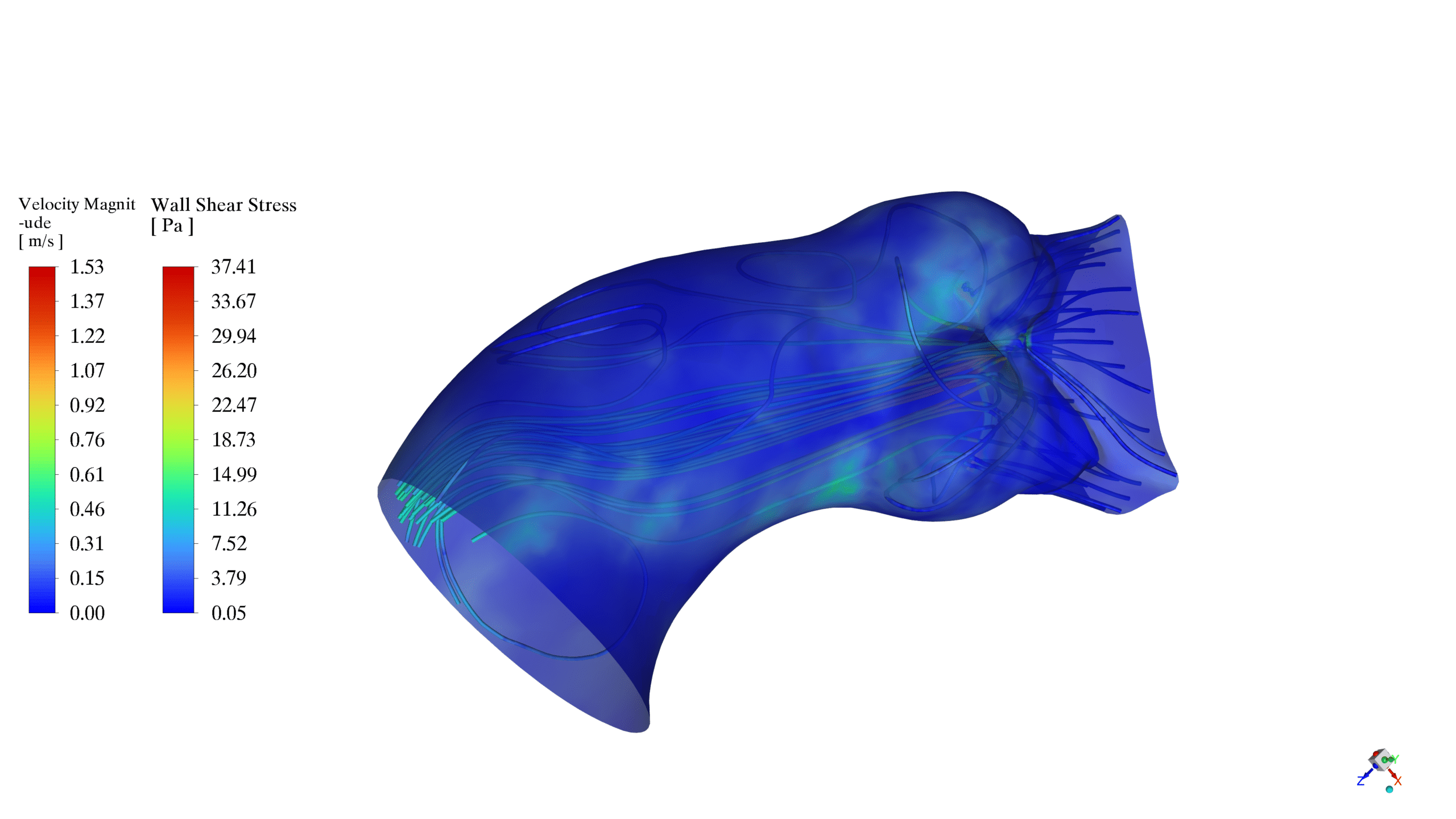
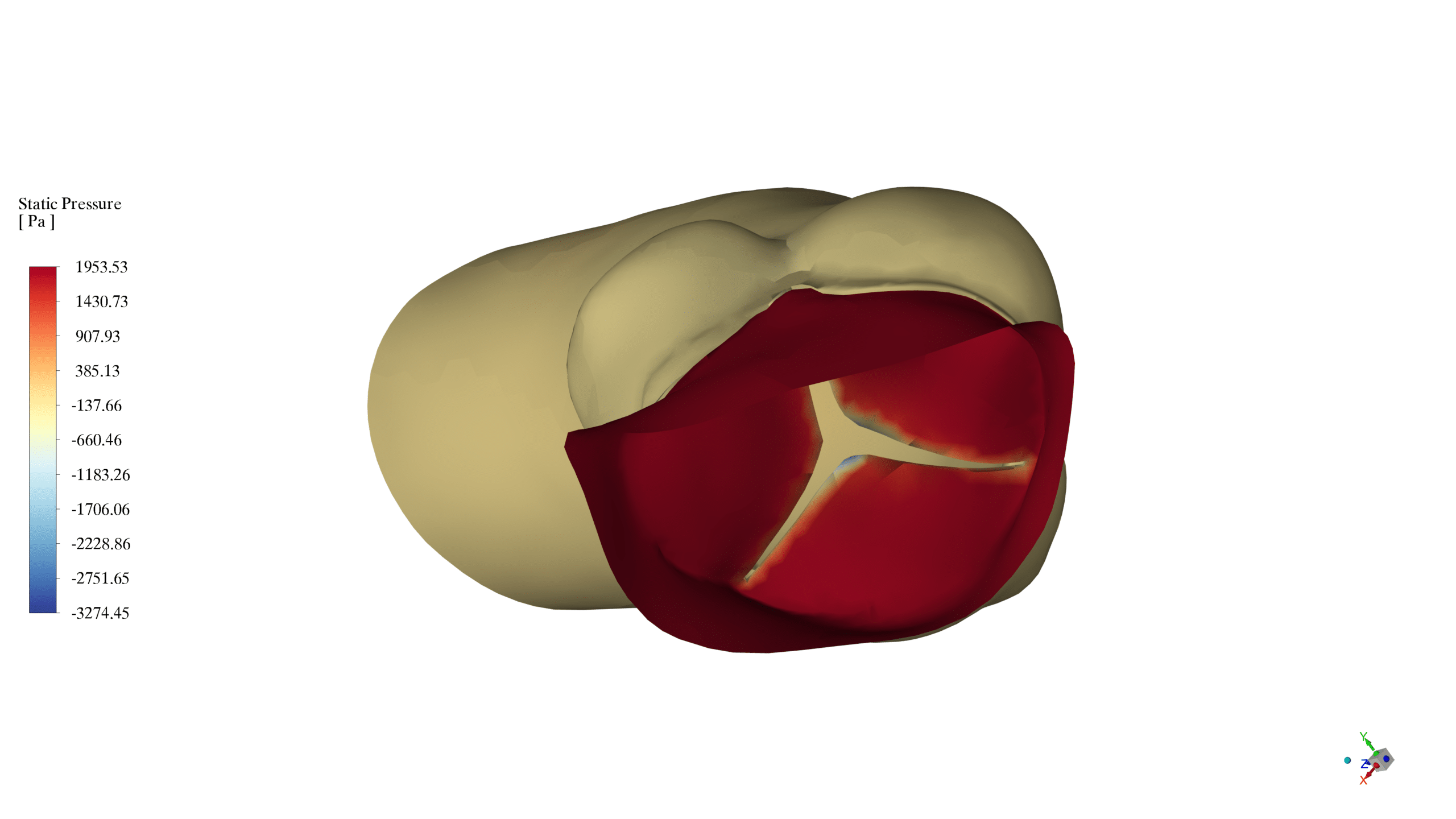
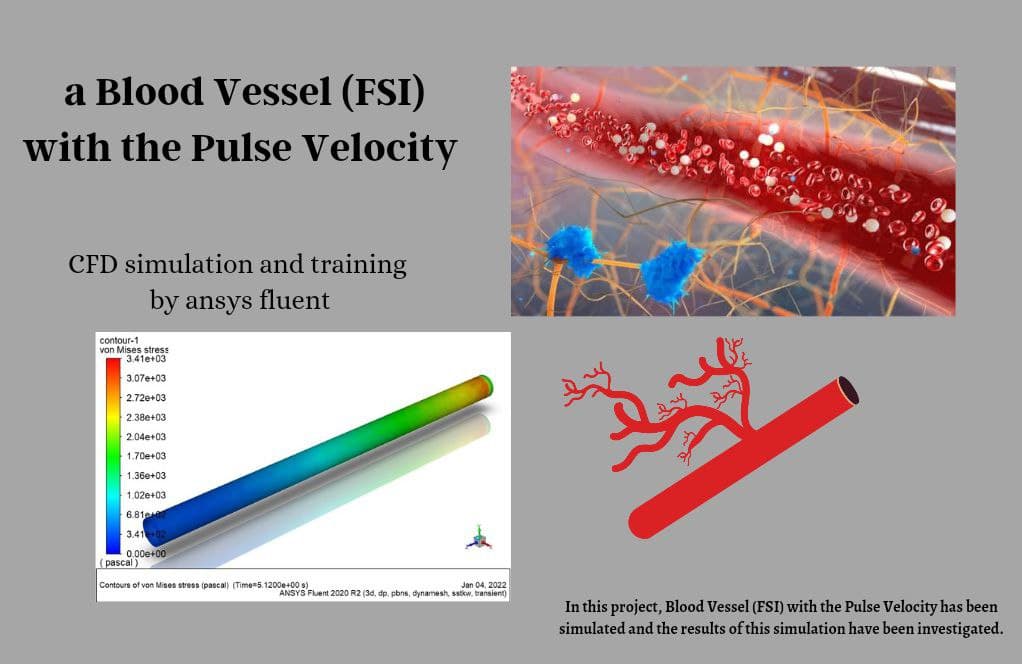

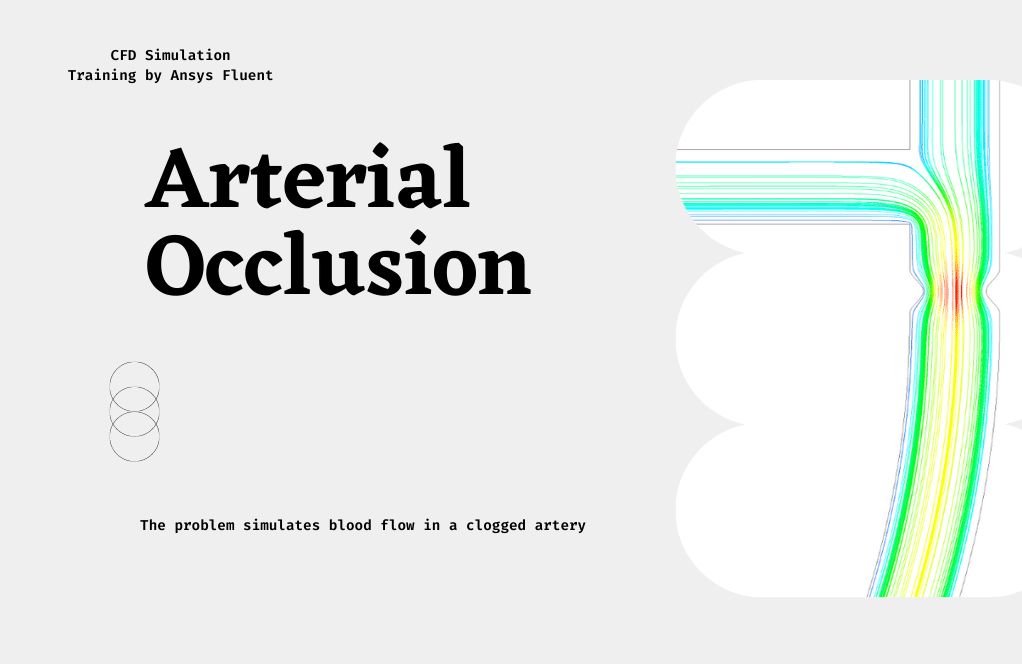

Reviews
There are no reviews yet.